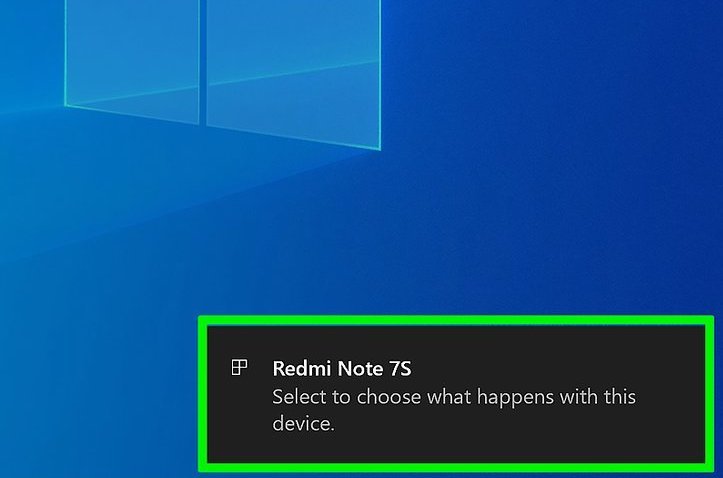This guide will show you how to connect your Android device to your PC, Mac, or Chromebook. Using a USB cable, you can effortlessly connect your phone or tablet to your computer to transfer files. Alternatively, if you prefer a wireless connection, you can use the AirDroid app to share files without the hassle of cables.
Connecting Your Android to Your PC, Mac, or Chromebook
Method 1: Using a USB Cable with Windows
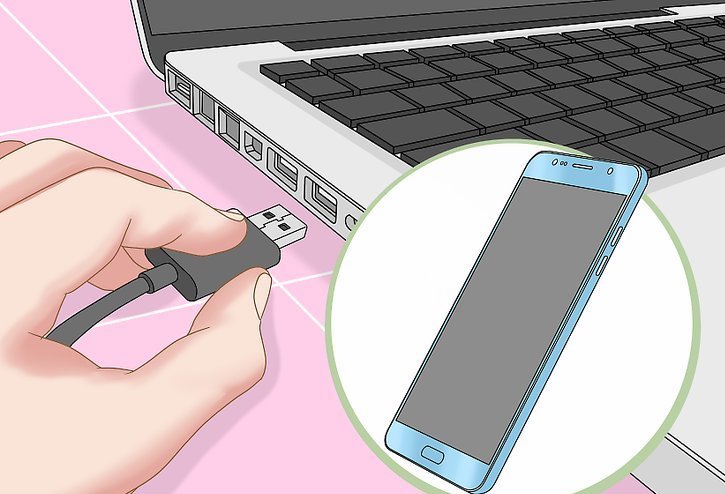
- Connect Your Android to Your Computer
- Use the USB cable that you use to charge your Android.
- Select Charging Option
- Tap Charging this device via USB on your Android’s screen when prompted.
- If your screen is locked, unlock it to see this notification. If not visible, swipe down from the top of the home screen to view your notifications.
- Enable File Transfer
- Select File Transfer (or MTP on some devices) under “Use USB for”. This lets your PC recognize your Android as a hard drive.
- Install Drivers
- Windows will install the necessary drivers. If installation fails, search for your phone model and “Windows drivers” online to download drivers from the manufacturer’s website.
- Open Windows File Explorer
- If a window showing your Android’s contents doesn’t appear automatically, press Windows key + E or click the File Explorer icon in your taskbar.
- Access Your Android
- Click This PC in the File Explorer window’s left panel. This shows all connected drives, including your Android, in the right panel.
- Double-click your Android, identified by its model number, listed under “Devices and drives” or “Devices with removable storage.”
- Browse and Transfer Files
- You’ll see the files and folders on your Android. If you have an SD card, you’ll see separate folders for internal storage and the SD card.
- Common folders include DCIM (photos and videos), Music, Ringtones, and app-specific folders.
- To copy files, drag them from your Android to another folder in File Explorer, or from your PC to your Android.
- Eject Your Android
- Once done, click the Safely Remove Hardware button in the System Tray (bottom-right corner near the clock). It looks like a USB plug with a checkmark.
- Click Eject next to your Android’s name, then safely unplug your device.
Method 2: Using a USB Cable with macOS
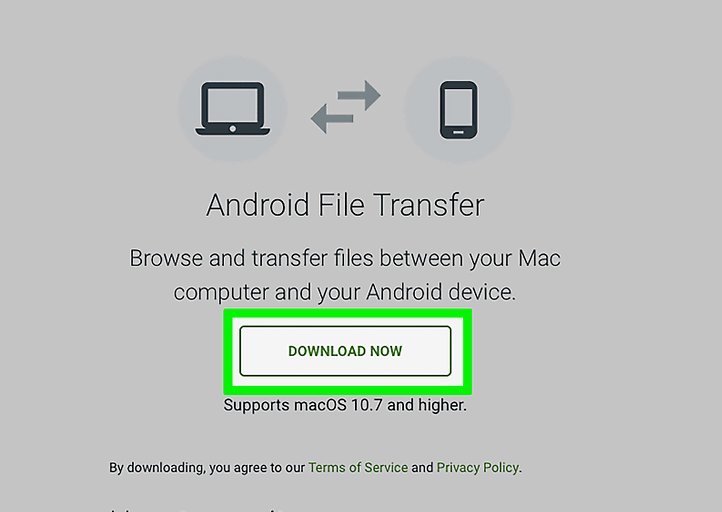
- Visit Android File Transfer Website
- Go to https://www.android.com in a web browser. This is the app you’ll need to connect your Android to your Mac.
- Download the Installer
- Click Download Now to download the installer to your Mac.
- Open the Installer
- After downloading, open the file called AndroidFileTransfer.dmg from your Downloads folder.
- Install Android File Transfer
- Drag the “Android File Transfer” icon to the “Applications” icon. This will install the app on your Mac.
- Connect Your Android to Your Mac
- Use the USB cable you use to charge your Android. This will prompt Android File Transfer to launch automatically.
- Select Charging Option
- Tap Charging this device via USB on your Android’s screen when prompted.
- If your screen is locked, unlock it to see this notification. If not visible, swipe down from the top of the home screen to view your notifications.
- Enable File Transfer
- Select File Transfer (or MTP on some devices) under “Use USB for”. This lets your Mac recognize your Android as a hard drive.
- Browse Your Files
- The Android File Transfer window will display your device’s folders, similar to a Finder window.
- If you have an SD card, you’ll see two main folders: one for internal storage and one for the SD card.
- Photos and videos are typically saved in the DCIM folder.
- Drag files from your Android to your Mac or vice versa to transfer them.
- Disconnect Your Android
- Once you’ve finished transferring and accessing files, simply unplug your Android from your Mac. Ensure you’re not in the middle of any transfers when you unplug it.
Method 3: Using a USB Cable with Chromebook
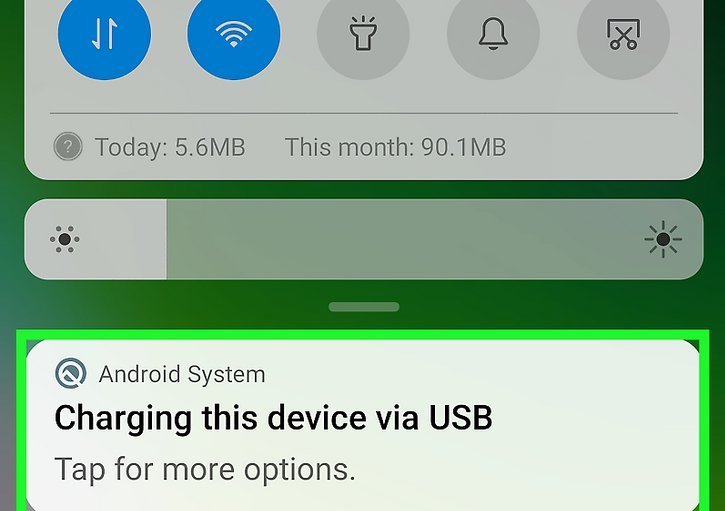
- Connect Your Android to Your Chromebook
- Use the USB cable you use to charge your Android.
- Select Charging Option
- Tap Charging this device via USB on your Android’s screen when prompted.
- If your screen is locked, unlock it to see this notification. If it’s not visible, swipe down from the top of the home screen to view your notifications.
- Enable File Transfer
- Select File Transfer (or MTP on some devices) under “Use USB for”. This allows your Chromebook to recognize your Android as a hard drive and displays the Files app.
- Browse Your Files
- The Files app window will pop up on your Chromebook. If your Android has an SD card, you’ll see two folders: one for internal storage and one for the SD card.
- To copy files from your Android to your Chromebook (and vice versa), drag the files from one device to the desired location on the other device.
- Disconnect Your Android
- Once you’re finished transferring and accessing files, unplug your Android from your Chromebook. Ensure you’re not in the middle of any transfers when you unplug it.
Method 4: Wirelessly Connecting with AirDroid (All Computers)
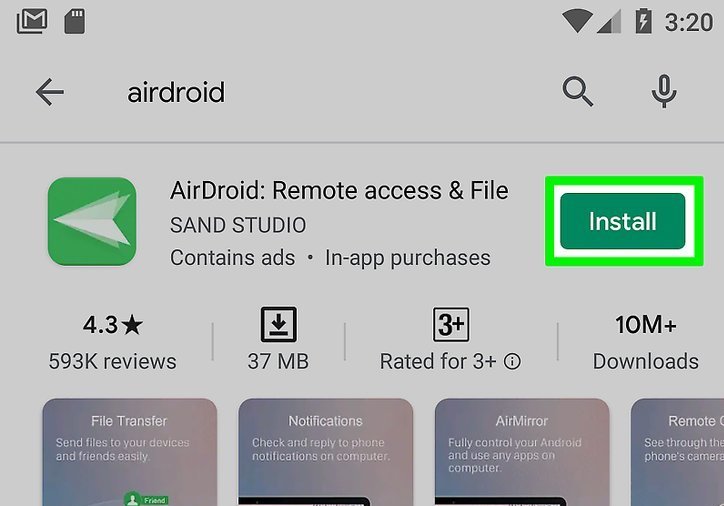
- Install the AirDroid App on Your Android
- Download the app for free from the Google Play Store. This app allows you to connect to AirDroid on your computer and transfer files wirelessly.
- Create an AirDroid Account
- Tap the “Sign Up” button when you start AirDroid for the first time and follow the prompts to create an account. This will help you easily connect your Android and computer.
- Download the AirDroid App for Your Computer
- Get it for free from https://www.airdroid.com. Click the Download now button and select Windows or Mac OS X under “For computer” to start the download.
- If you’re using a Chromebook or prefer not to install software, you can access the web version at https://web.airdroid.com.
- Run the Installer for AirDroid
- Skip this step if you’re using the web version. After the download, double-click the file to install AirDroid. Follow the on-screen instructions.
- For Windows, give access through your Windows Firewall if prompted.
- Open AirDroid on Your Computer (or on the Web) and Log In
- Use the same AirDroid account you created on your Android. You’ll be able to browse files on your Android through AirDroid on your computer.
- Send Files to Your Android from Your Computer
- Drag and drop files into the AirDroid window. Click the Transfer Files icon (it looks like a paper airplane) and select your Android from the list. Drag files from your computer to the chat window and click Send to save them to your Android.
- Send Files to Your Computer from Your Android
- Open the AirDroid app on your Android, tap My devices at the top, and select your computer (or AirDroid Web, if using the web version) from the list. Tap the paperclip icon at the bottom, select Files, choose the file you want to send, and tap Send.
